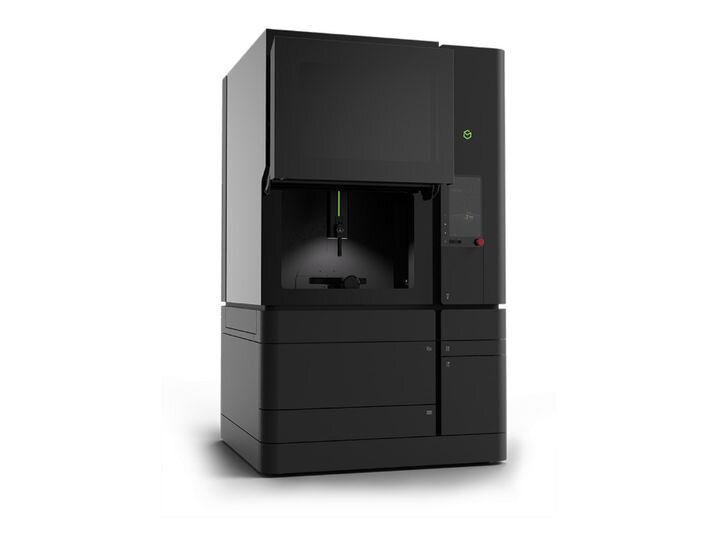
VERASHAPE announced the imminent launch of a new 3D printer under its subsidiary VSHAPER, a 5-axis printer called the VSHAPER 5AX.
The development of a 5-axis 3D printer from VERASHAPE’s subsidiary is logical, as the parent company builds multi-axis CNC machines. The application of 5-axis technology to fused filament fabrication (FFF) 3D printing helps the VSHAPER 5AX stand apart from other desktop 3D printers on the market, which largely rely on Cartesian robotic technology.
Why 5-Axis?
Additive manufacturing with 5-axis versus the conventional Cartesian robotics of most desktop 3D printers is an attempt to move past some limitations that engineers encountered when using Cartesian 3D printers to create objects from thermoplastic filaments.
Part of the problem that VERSHAPE hopes to address with Cartesian desktop FFF 3D printers is one of having even material strength post-filament deposition. Engineers looking to prototype objects or create one-off ready-made components need the integrity of material properties like strength to be predictable, quantifiable and measurable.
The problem with Cartesian desktop 3D printers according to VERASHAPE is this: depending on how a 3D model is placed on the build platform prior to the slicing and printing process, the material strength can be distributed unevenly or in a way that differs from one’s intentions. In addition, the layer-by-layer technique is wasteful, requiring a good deal of material for use as support structures.
VSHAPER 5AX
The build platform of the VSHAPER 5AX spins and tilts, which gives users the ability to alter the placement of the 3D model to align the platform with its optimal flat planes, rather than having to compromise positioning relative to the static build platform of a desktop 3D printer. Instead, the planes of the 3D model are automatically adjusted based on the position of the print head via VSHAPER 5AX’s rotating platform. This has the effect of freeing up the angle-of-attack of the filament deposition, reinforcing axes of the printed object’s geometry.
Read more at ENGINEERING.com

